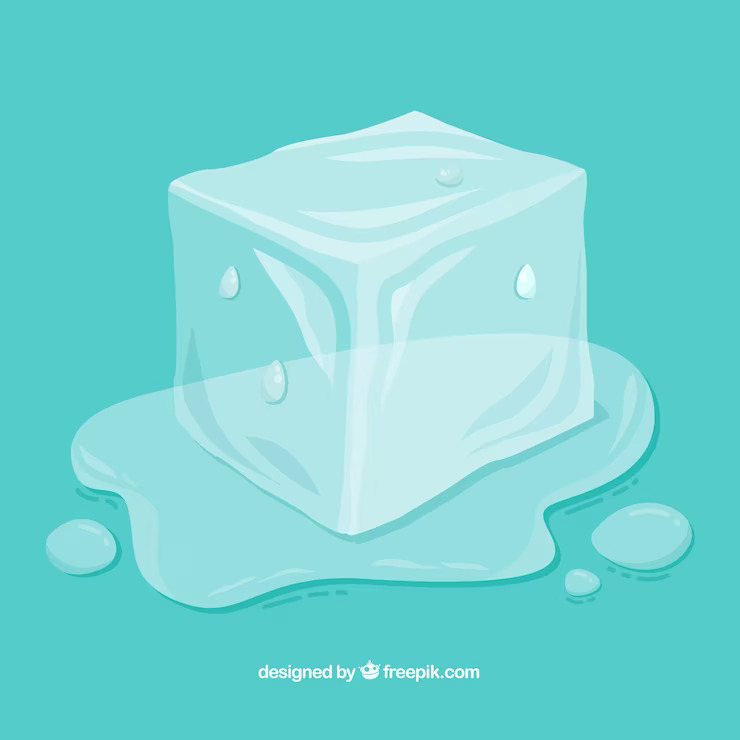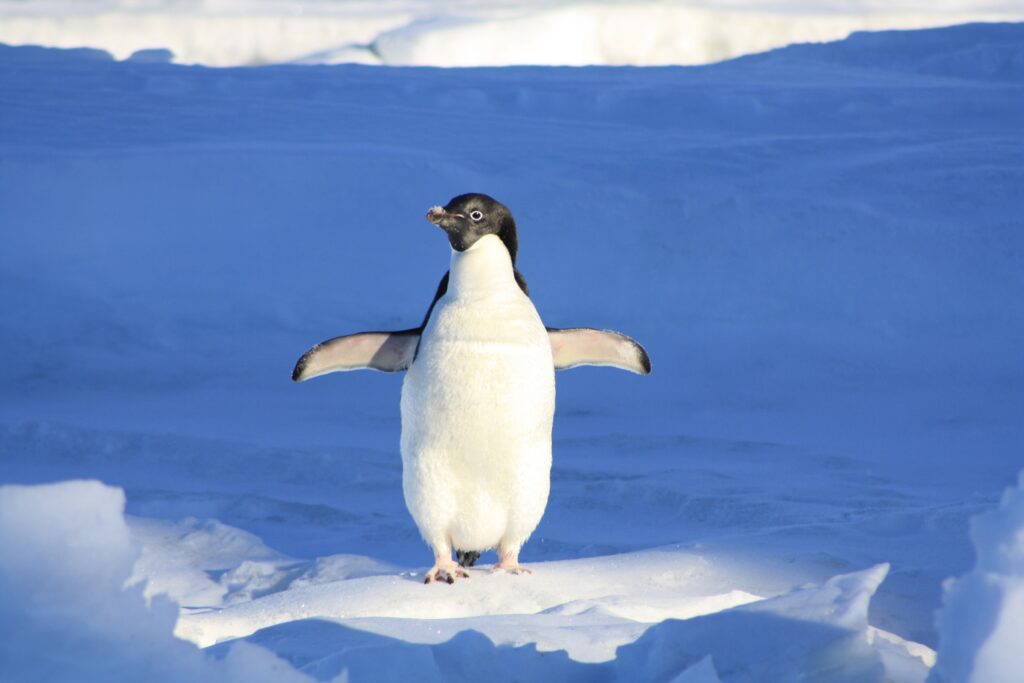
The Antarctic and Arctic meltdown is usually seen as a bad phenomenon, and this is generally true. However, ice meltdown cannot be fully considered negative. This article will flesh out the pros and cons of the meltdown.
Arctic and Antarctic is Melting, For Real

Both the Arctic and Antarctic, located on the north and south poles respectively, have existed for millions of years. As the human population continues to grow, so do our industrial, residential, and transportation activities. Electricity usage, fossil-fuel combustion from various transportation, or factory smoke cause an unbalanced amount of carbon dioxide (CO2) emissions, one of the main compositions of greenhouse gas.
CO2 absorbs heat from the sun and keeps it from releasing into outer space. The heat is trapped inside the Earth’s atmosphere, making the planet feel like a greenhouse. Unsurprisingly, the ice from the poles cannot stand the excess heat, thus melting from year to year.
In February 2023, a study revealed that the ice surface of the Antarctic has shrunk to 1.79 million km2 from a size of 1.92 million km2 recorded in February 2022. On the other side of the world, the Arctic also faces the same problem. It has lost at least 2 million km2 of ice since 1979.
Popular Opinion: Polar Meltdown is a Disaster, Period

Global warming and the melting of the poles have become one of the most popular topics among world leaders and civilians alike. While the polar meltdown has not yet had obvious direct effects, calling it a disaster is not hyperbolic. There are some reasons to support this statement.
1. Instability of Sea Warmth and Weather Pattern
Both poles have roles in deflecting sun radiation, which prevents excess solar intensity and cools down the Earth. The result is a suitable sea temperature for fish and other aquatic creatures to live in. The decreasing surface of these ice shields results in an increase in sea temperatures. If this effect is prolonged, the water will become too warm for sea creatures, forcing them to seek milder temperatures elsewhere.
The temperature changes can also happen to air, especially in areas around the seas. The combination of both effects generates disruptions in ocean circulation and creates weather instability. Storms become more likely to occur, resulting in bigger threats for sailors and people living in coastal areas.
2. Coastal Residential and Business Sectors are at High Risk of Flooding and Storms
The frequent storms due to weather instability heavily endanger residents and business sectors located in the coastal areas. A large part of the business sector is ocean freight trading, which will likely become even busier in the future. Raging storms will surely hinder this activity.
Frequent coastal flooding and storms will also cause erosion, which is land loss caused by constant waves and rain impacts. Erosion poses a danger to people and buildings erected around coastal areas.
3. Threat to Low-Lying Populated Areas
Many Indonesians are creating and sharing memes of their capital city sinking in 2030. However, these memes may contain elements of truth. Jakarta may not be submerged by 2030, but the danger of rising sea levels is real. Other cities such as Florida, Shanghai, and Ho Chi Minh located generally below sea level, are also at risk of being submerged.
Although the complete submersion of these populated areas may still be a long way away, proactive preventative actions are needed today.
4. Less Home for Species Living on the Ice
Seals living on both poles heavily rely on the ice surface and snow to breed and raise their offspring. Without ice to support their way of living, these species are at relatively high risk of population decline. The decrease in seals is bad news for its predator, the polar bear. Reduced food sources mean increased competition and fewer opportunities for polar bears to nourish themselves.
Additionally, polar bears also need the ice surface to live and breed normally. Without this ice surface, experts explain that polar bears participate in inbreeding, which reduces the genetic diversity of future populations. Even worse, polar bears might face extinction as they gradually lose homes and food.

We are often taught to view the same event from two perspectives. Of course, some positives to the polar ice melt can be identified by surveys and studies conducted to better understand the occurring phenomenon. Despite the presence of some positives, there is still little to be optimistic about because of negatives that will always follow.
1. Shorter Sailing Route, But Storms Will be Bigger
Going from Tokyo to Rotterdam usually takes 23,300 kilometers via the Panama Canal. Alternatively, taking the Arctic Northwest Passage route reduces the travel distance to 15,900 kilometers. As the Arctic ice continues to melt, this journey will become even shorter as ocean accessibility increases.
Despite the shortened journey, the unstable weather and frequent storms resulting from melting polar ice need to be carefully considered.
2. New Home for Penguins, But Not Forever
Adelie penguins that live on the Antarctic Peninsula have been declining due to the rapidly warming climates over the past decade. The opposite has happened to Gentoo penguins, which cannot live in colder places and have experienced growth on the Antarctic Peninsula as it warms.
While it may appear that these changes in penguin species population numbers balance each other out, penguins will always need ice. Once the ice completely melts, the population of both species will likely plummet.
The Cons Heavily Outweigh the Pros
Unlike forestation, restoring a mountain range of ice in the Arctic and Antarctic is not possible with our current technologies. A closer examination of the phenomenon reveals some positives. However, the negatives far outweigh any benefits. Earth’s situation will definitely be worse off if two of its most precious assets—the north and south poles completely vanish. Many regions of the Earth will be unbearably hot, bringing misery to humans and critters alike.

About the Author
Good morning, good afternoon, good evening, and good night! The best quote from Truman Burbank indeed.
He is Madda Asyafa Putra, just call him Madda, Writer of AYO POST. A friendly and optimistic boy who loves to exercise, cycle, read articles and digests, play video games, watch movies and anime, and listen to music. People say he is a good listener, so when he gains your trust and you need someone to talk to, come to him!